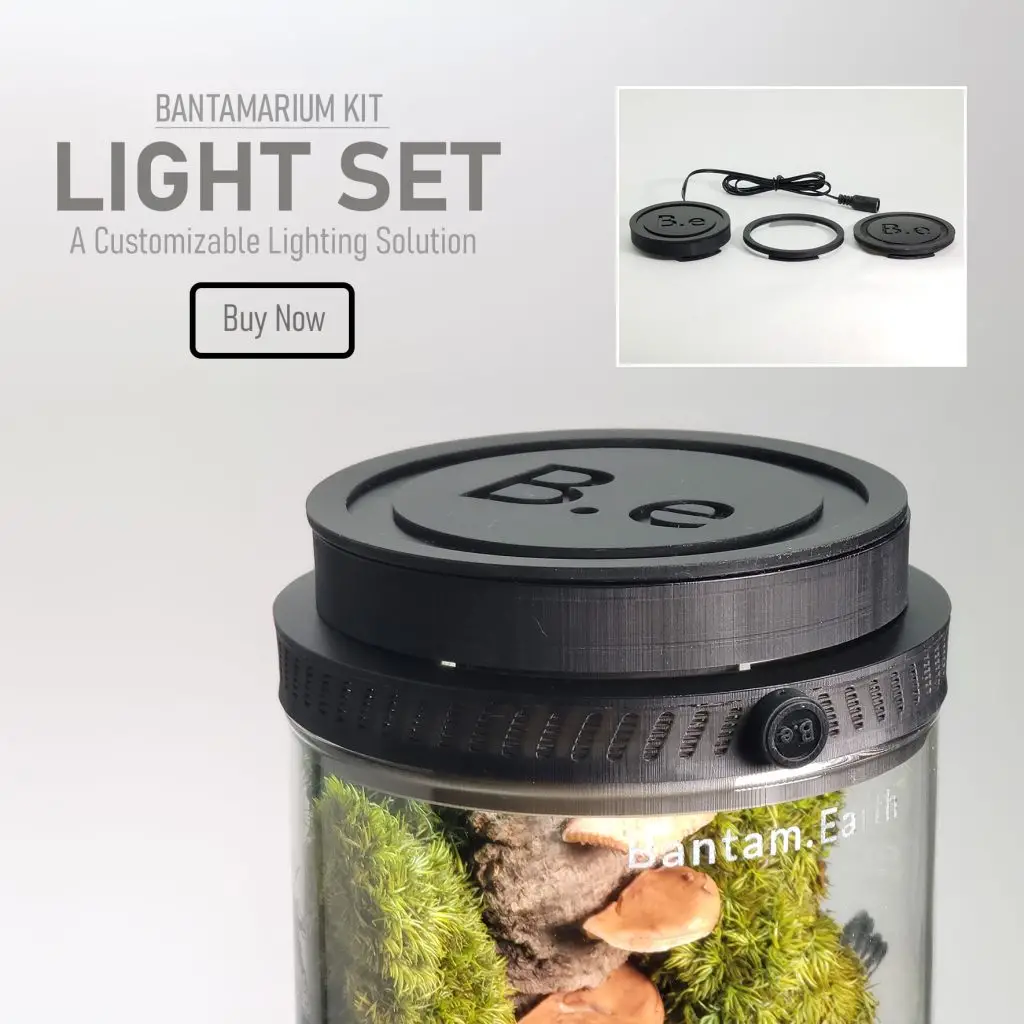When it comes to a plant’s growth within a vivarium, light plays an important role. Light is essential for the process of photosynthesis. This is the process through which plants convert light, water, and carbon dioxide into energy and oxygen.
But it’s not only the intensity of the light that matters; The light color can also affect the growth of plants. Different colors of light can affect the rate of photosynthesis and stimulate different aspects of development.
In this article, we’ll explore the relationship between light color and plant growth, the science behind it, and how to use the vivarium light color to optimize plant growth. By the end of this post, you’ll have a better understanding of the role of light color in any type of vivarium.
Does Light Color Affect Plant Growth?
The short answer is yes. Different colors of light can have different effects on plants. For instance, blue light is known to be beneficial for plant growth, while red is better for flowering and fruiting. By understanding how light color affects plant growth, gardeners and vivarium plant enthusiasts can optimize the growth of their plants.
What Light Color Is Best For Vivarium Plants?
That depends on what you want the plants to do within your aquarium or terrarium. Different colors of light affect the growth of plants in different ways. As I mentioned earlier, blue light is known to promote the growth of leaves and stems while red light is known to promote flower growth. In addition, blue and red light both help to increase the photosynthesis rate of plants and help to promote photosynthetic efficiency.
Since we don’t want our vivarium to look like the red light district most of the day with highly red or blue lights… We will more than likely want white lights that mimic natural daylight. This is where white lights with a slight hue come into play.
For accurate results on light color, we use kelvin as a form of measurement. On a visible light spectrum, we can predictably look at any color a light puts out and assign a number value to it. If you’re looking for a neat app that’s free to use to measure the color temperature of light, check out this article where we cover how to measure the brightness of the light for optimal plant growth.
Warm White Light (2700k)
Warm white light is a type of light that is often used to promote plant growth. This light consists of most colors on the spectrum with additional red light mixed into it. It is usually measured at about 2700 to 4000 kelvins.
To the naked eye, warm white light is a yellowish-white color that has a soft, warm glow. It is believed to be beneficial for plant growth. This type of light helps to reduce stress in plants and promotes flowering.
Warm white light also helps to promote photosynthesis in plants, as it helps to provide the right mix of colors to promote growth. This type of light closely resembles sunrise and sunset on a clear day.


Cool White Light (6000k)
Cool white light is a type of artificial light that is often used for indoor plant growth. This light consists of most colors on the spectrum with additional blue light mixed into it. It is usually measured at about 5500 to 6500 kelvins.
To the naked eye, Cool white light has a more blue-tinged hue than other types of artificial light. It is beneficial for plants as it provides a more balanced spectrum of light. This balanced spectrum helps to promote the growth of leaves, and stems, while also helping to boost photosynthesis.
This type of light is designed to closely mimic the natural sunlight at the peak of the day. Since it doesn’t put off the same amount of intensity as the sun… This color light is best for low to medium-light plants. Think of plants that do well in places it receives indirect light.


What About Full Spectrum Lights?
Full spectrum lights are the best choice of lighting when it comes to both plant growth and flowering within a vivarium. They are typically measured to be over 6500 kelvins which would make them appear closer to the cool white light. The difference between those and these is full spectrum lights emit a wider range of colors, including infrared ultraviolet light. Additionally, full-spectrum lights are more energy efficient than white lights and can help to reduce energy costs.
Our Bantam Light Set offers full spectrum lighting options, ensuring your plants receive the complete range of light they need for optimal growth.
Conclusion
Light color plays a key role in the growth of plants. Different colors of light can be used to optimize and enhance the growth of plants, and understanding this relationship is essential for successful vivarium plant growth. By exploring the benefits of each color of the light… By understanding the science behind light color and plant growth… We can achieve better results in our plant growth endeavors.



